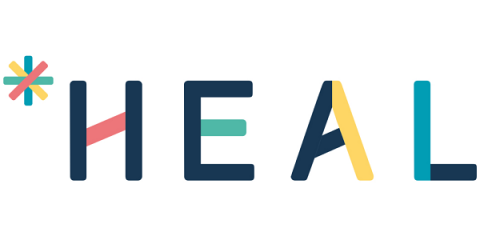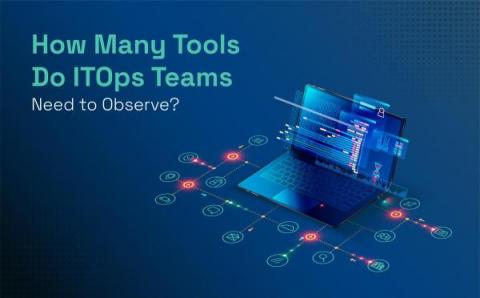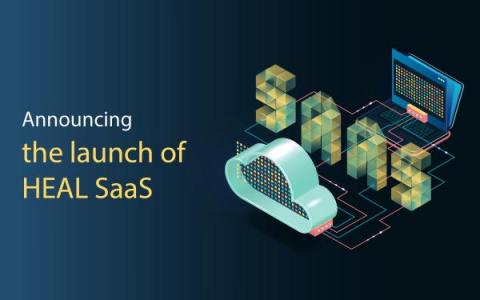4P Strategy: AI-based Solution Recommendation for Incident Management
Atri Mandal, HEAL’s AI/ML expert, has written a second blog about the 4P strategy, this time primarily focusing on solution recommendation which gives useful suggestions to the SREs on how to fix problems pro-actively.









